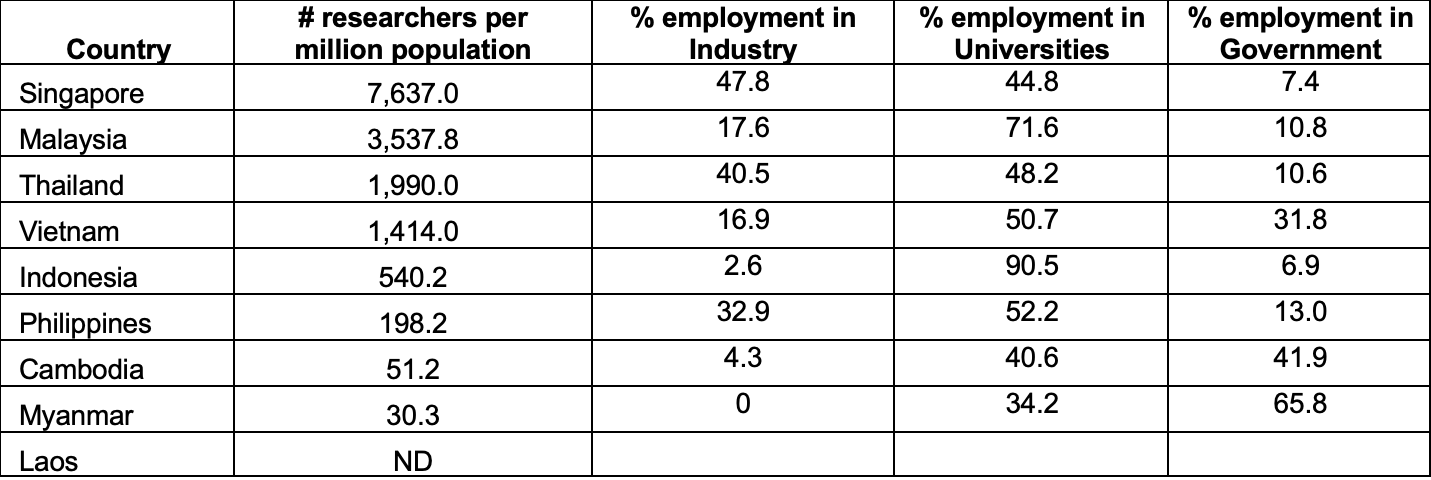VOLUME 14 NUMBER 2 (July to December 2021)
ARTICLE
PAASE Recommendations on S&T Human Capital Development
Carlos Primo C. David1, Gisela P. Padilla-Concepcion2, Ernesto M. Pernia3, Sarah Lynne S. Daway-Ducanes3, Alfredo E. Pascual4, and Bienvenido F. Nebres, S.J.5
1National Institute of Geological Sciences, College of Science,
University of the Philippines Diliman
2The Marine Science Institute, College of Science,
University of the Philippines Diliman
3School of Economics, University of the Philippines Diliman
4Institute of Corporate Directors, Makati City, Philippines
4Department of Mathematics, Ateneo de Manila University, Quezon City,
Philippines
University of the Philippines Diliman
2The Marine Science Institute, College of Science,
University of the Philippines Diliman
3School of Economics, University of the Philippines Diliman
4Institute of Corporate Directors, Makati City, Philippines
4Department of Mathematics, Ateneo de Manila University, Quezon City,
Philippines
Research shows that the size of a nation's science and technology (S&T) labor force and training system have a positive effect on economic development (Schofer et al., 2000). Specifically, a highly skilled S&T workforce is considered one of four pillars required to transform into a knowledge-based economy (ADB, 2007). And within the last decade or so, there is a resurgence of efforts of various countries, including the Philippines, to quantify the contributions of its S&T workforce in creating a positive impact in society towards nation building (DOST, 2019).
© 2024 SciEnggJ
Philippine-American Academy of Science and Engineering
